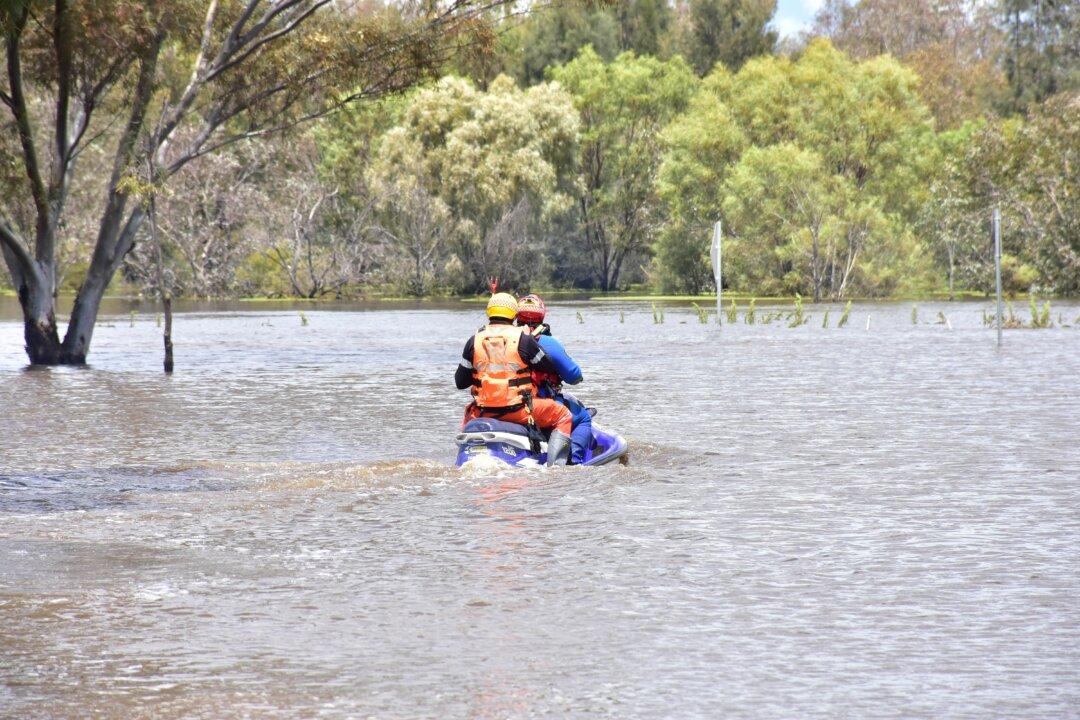Every day the hearts of 16 Australians suddenly stop pumping and their chance of surviving is minuscule unless there is a defibrillator nearby.
Cardiac arrests remain the leading cause of death across the nation, with around 20,000 people having a heart attack away from a hospital every year and just 10 percent surviving.





